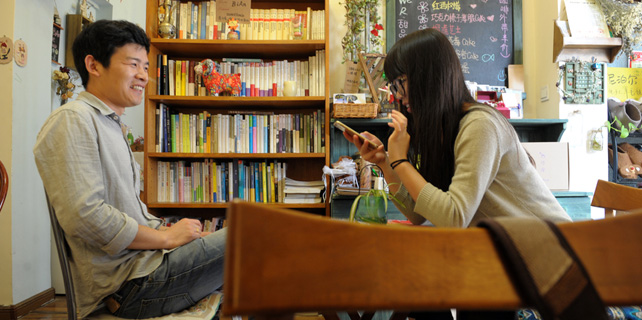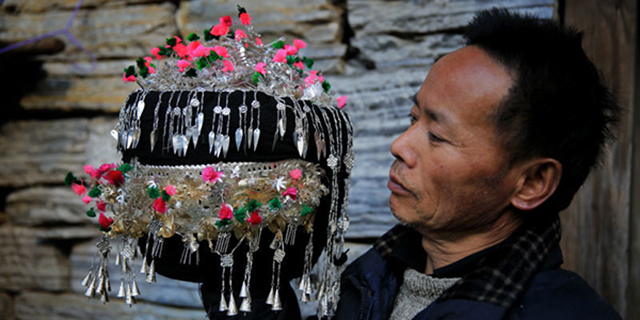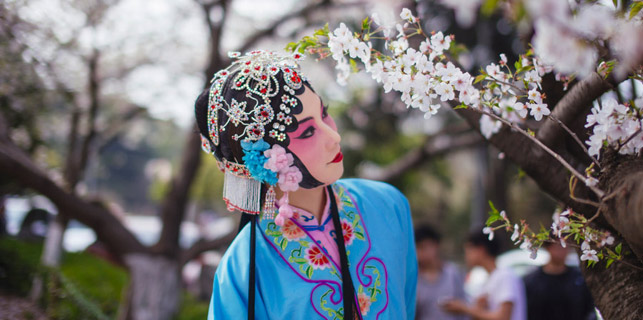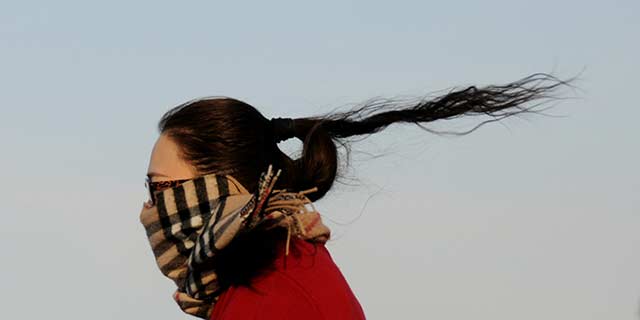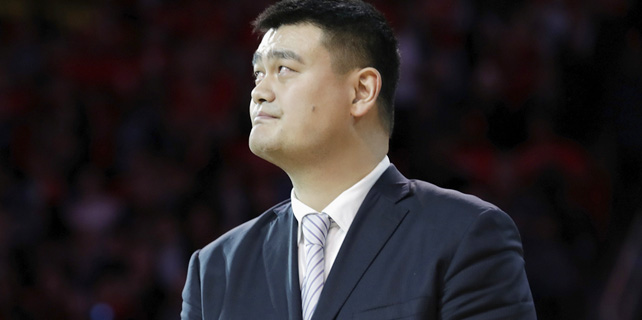Calligrapher burns midnight oil to copy ancient classics
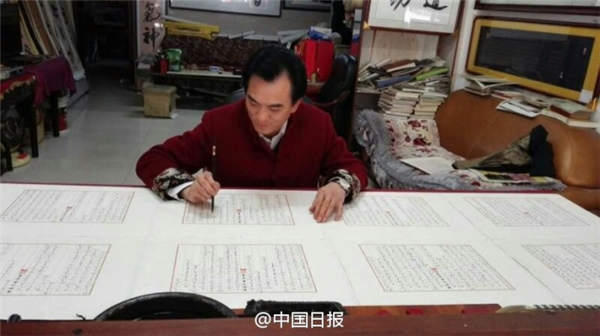 |
|
Zhou is engaged in the copying of Si Ku Quan Shu. [Photo/Official Weibo account of China Daily] |
Influenced by his father, Zhou sticks to practicing calligraphy
Zhou said that copying Si Ku Quan Shu is a public service and there's no payment involved. He was invited to copy the classic as he writes regular script in small characters well, which shows Zhu's calligraphy level. One of Zhou's friends surnamed Wang said that Zhou not only writes well but also has the discipline to sit still for a long time. "Many people can write well, but only few people have the mental strength."
Zhou has copied more than 30 calligraphy works in regular script including The Classic of Tea, Diamond Sutra and Tao Te Ching.
Zhou began writing calligraphy under the influence of his father. In his childhood, each year before the Spring Festival, his father helped neighbors and relatives write new year couplets (to post on doors for auspicity) and he was his assistant. He first took up the brush to practice writing when he was seven years old. His father died of illness when Zhou was 16, and it was then he felt that sticking to calligraphy was an inheritance from his father.
Zhou has worked as a decorator, a teacher, a worker and a salesman, but he never gave up his writing brush. He said calligraphy makes him happy and cheers him up.
Currently, there are 200 calligraphers copying Si Ku Quan Shu across the country, and after the entire work is completed the giant piece will be permanently displayed by the National Museum of China.
The original Si Ku Quan Shu includes 3,461 classical works arranged under the four divisions of Chinese literature, known as the classics ("jing"), history ("shi"), philosophy ("zi"), and arts and letters ("ji").
The book series represent the essence of 5,000 years of Chinese civilization covering history, astronomy, geography, economy, society, laws, politics, science and technology and philosophy.




